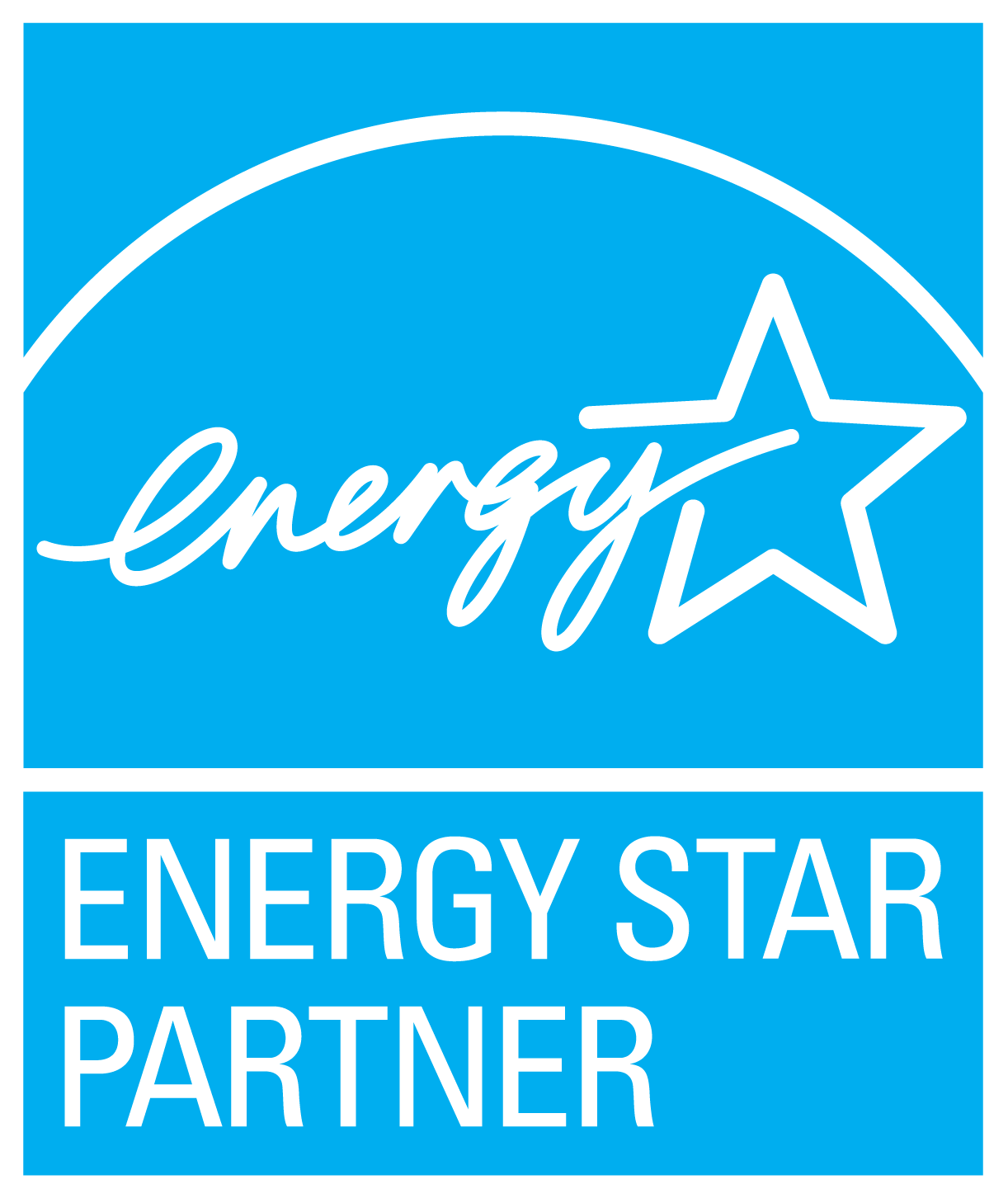Zero Energy Ready Home (ZERH) Program Requirements
Power House is here to answer your questions about these programs, and to provide design support and build team education, to ensure successful certification. Email us here with questions about above code certification programs.
EPA Energy Star Certified Homes Program, V3.1
Summary of Program Requirements
Detailed program requirements are here: National Program Requirements ENERGY STAR Certified Homes, Version 3.1 (Rev. 13) [PDF]. Rev. 12 here
V3.1 R.12 for permit dates before 1/1/2025
V3.1 R.13 after 1/1/2025 (CT and VT V3.2 R13 after 1/1/2025 )
Energy Star Certification is recommended for projects that seek additional quality assurance and verification, over a base HERS Rating. Successful ES Certification requires that all members of the project team are on board, lead by the GC/builder. As the HERS Rater, we provide the required verification that program requirements are met, and collect the required documentation.
The Builder and HVAC contractor need to be registered with Energy Star and have a solid grasp of the Program Requirements.
Successful Certification starts early in design. Along with specifying that relevant scopes are aligned with program requirements, it is recommended that the specific required deliverables outlined below, are included in contracts with relevant trade contractors.
In States with the 2021 IECC and the MA Stretch Code driving building electrification, code compliant designs likely already meet most of the program requirements relating to building envelope and HVAC systems. Certification may be a light lift, and is certainly worth exploring.
Rebate and tax credit opportunities:
July 2025 update -The Trump administration has killed the 45L tax credit along with most tax credits and initiatives aiming to transition to a clean energy economy. A full overview of tax credit cuts voted adopted by the GOP, with triggering dates, is here on this deck from the HBA
The 45L federal tax credits require. Energy Star ($2500) and Zero Energy Ready Home ($5000) certifications
In Massachusetts the Mass Save All Electric rebate program requires Energy Star Next Gen ($15k rebate) and PHIUS Certification ($25k rebate) - For projects entered after July 1, 2024. ES Next Gen is an all electric version of ES. See the Rater checklist below for more info.
July 2025 update - Mass Save has confirmed they will maintain the current program requirements, even if the federal Energy Star program is discontinued.
Responsibilities of each party: Builder, HVAC, Rater
Rater Required Tasks
We complete and verify program requirements are met on the Rater Design Review Checklist and the Rater Field Checklist. Note that the Rater may be able to complete HVAC Grading (See Track A above) , taking the onus off of the HVAC contractor for commissioning of their system. Depending on the systems spec’d this may be a viable option, to be reviewed early in design.
For Mass Save All Electric rebates, the Energy Star Next Gen Rater Field Checklist must be completed as well.
Builder Required Tasks
In addition to holding the overall reins of the project and ES Certification process, the builder is responsible for the Water Management checklist. The builder must complete a partnership agreement with Energy Star, per the program requirements.
HVAC Designer/Contractor Required Tasks
The HVAC designer is responsible for the HVAC Design Report . The HVAC installer is responsible for the HVAC Commissioning Checklist , re Track B. Typically the HVAC designer is also the install contractor. Yet the design/install tasks may be shared between an MEP engineer/consultant and an HVAC install contractor. Ample coordination between these parties is required, with oversight by the Builder/GC to ensure Certification requirements and deliverables are met.
Per the Program Requirements, for Track B. The HVAC contractor must be listed with an EPA-recognized certification organization (ACCA)


